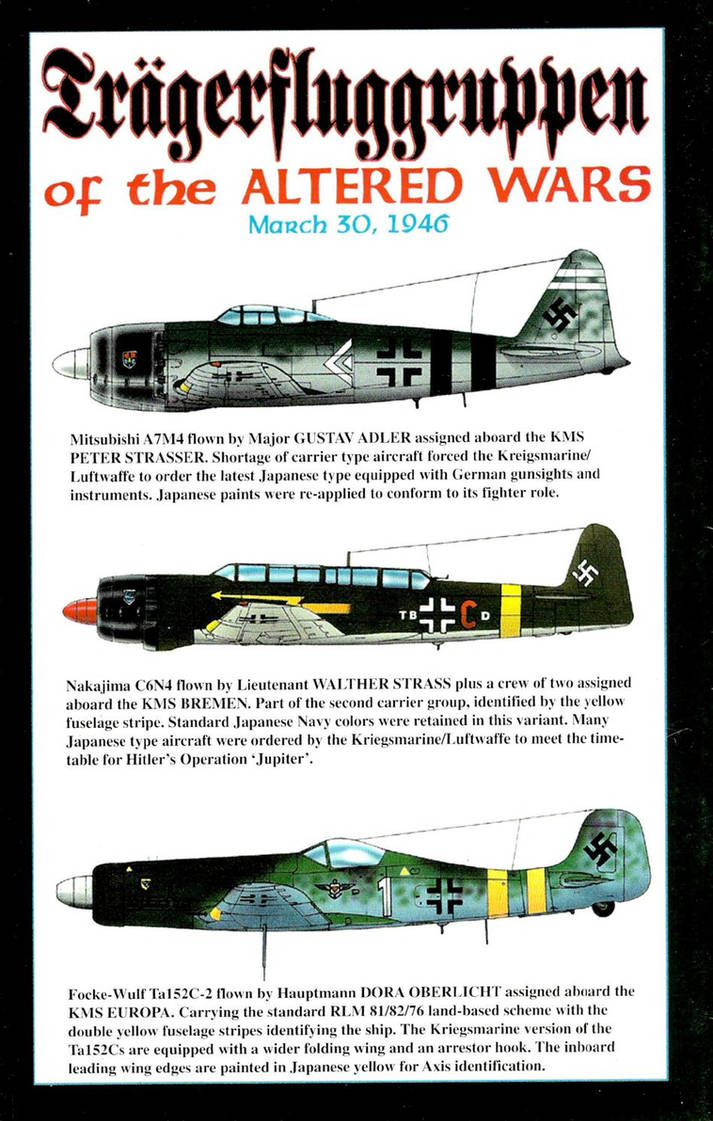Chapter 16: Continued offensives in Barbarossa:
The strategic conundrum for the German high command after a month of fighting and staggering successes was that the expected army goal had mostly been achieved. A Russian army of more or less the expected size had been destroyed in the western part of the Soviet Union. The problem was that it looked like an army of similar size still had to be fought, now deeper into Russia.
Hitler’s emphasis on not taking the early defeat for granted resounded loudly among the general staff, and the continuous pursuit of railroad interdiction deep in advance of the armies proved fortunate. In Leningrad and the Ukraine, several industrial centers had been overrun intact, including many in Leningrad and Odessa, but it was also clear that a massive emphasis had been put on evacuating industrial tools eastwards. Railroad congestions now seemed to take an effect, resulting in the capture of more rolling stuck and a less successful evacuation.
What remained now was the need to balance speed of capture with the need to fight battles with a favorable loss and attrition ratio. It was deemed likely that the most favorable conditions for this now existed in an all-out offensive towards and beyond Smolensk. AGC would receive the rushed resupply of two armored corps from AGN to cover their flanks as the strategic depth increased and the majority of air support previously dedicated to AGN.
AGS were at the same time close to Kiev, but also saw the largest concentration of opposition in front of it. Here is was decided that AGS would maintain a screening force in front of Kiev, but with the main armored force attacking on the west bank of the Dniepr river which would be crossed further east to form the southern prong of a giant pincer movement. Closing this gap would be the job of armors from AGC after the attack on Smolensk, or of the reserves pouring in from AGN.
A considerable uncertainty was the depth of the attack to conduct along the Dniepr river and if all of its armored forces were needed to close the Pincer in Kiev as continuing along the Dniepr offered the chance to collapse the Russian Southern Front.
Manstein offered what would become the solution by suggesting to redeploy his armored corps towards AGS for the encirclement of the Southwestern front guarding Kiev and in this case only redeploy one armored corps to AGC. This would mean a delayed close of the Pincer around Kiev, but possibly a gamble worth taking if the Soviets tried to hang on to it. Hitler instantly liked the idea and thus the main armored forces jumped to life again on July 7th. Kleist and Rommel raced towards Kharkov and two gigantic spearheads attacked eastwards towards Smolensk from Vitebsk and Mogilev. With full support from their mobile infantry, and an unparalleled support of CAS and total air supremacy, the 2nd and 3rd Panzer groups closed the pockets in 7 days capturing several Russian armies including close to 400000 prisoners*. Several counterattacks followed, particular around the Yelna salient, but the Luftwaffe did an impressive job in breaking these up and minimizing German losses. Westwards, forces coming in from AGN were left to liquidate the pocket and infantry support rapidly reinforced the Yelna bridgehead and with German armor being capable of striking soviet counterattacks. After a week and a half of concerted attacks by the Red Army, the Germans were still increasing the size and strength of the bridgehead on July 20th**.
In the meantime, the AGS continued its advance along the Dnieper river, in particular with Rommel’s panzer division making extreme gain and reached Dnipropetrovsk on the 19th. Strong Soviet counter-attacks and the advance beyond air superiority however meant that Rommel had to withdraw again and pull back 30 km’s with a much weakened force. By this time a bridgehead on the Dniepr had been established 150 km further back at Kementjuk, which was fortunate because it would not before the beginning of August that the offensive could resume out of Dnipropetrovsk. Further south, the 12th army and the Romanian army had a tough going to expand their bridgehead across the Dniester river, but did manage to reach the Krim Peninsula 60 km’s ahead of their bridgehead on the Dniester river and to press onwards towards Melitopol. From Melitopol the Panzer group had to strike north to relieve the pressure on Rommel’s battered and exposed spearhead, with Romanian infantry charged with making progress over the Crimean Peninsula.
*They almost did it in 8 days in OTL, not too much to ask that they complete it ITTL.
Overall, the Germans are in a lot better position than IOT. They may not be very much further ahead but they have have inflicted higher losses and taken less attrition than IOTL, and off course, the capture of Leningrad is a major difference, which now makes the obstacles smaller and losses easier to absorb. Still the Germans are fighting hard with the distances involved and the natural obstacles.
**This is were the more consolidated jump off point and the influx of forces from AGN comes most clearly into effect.
